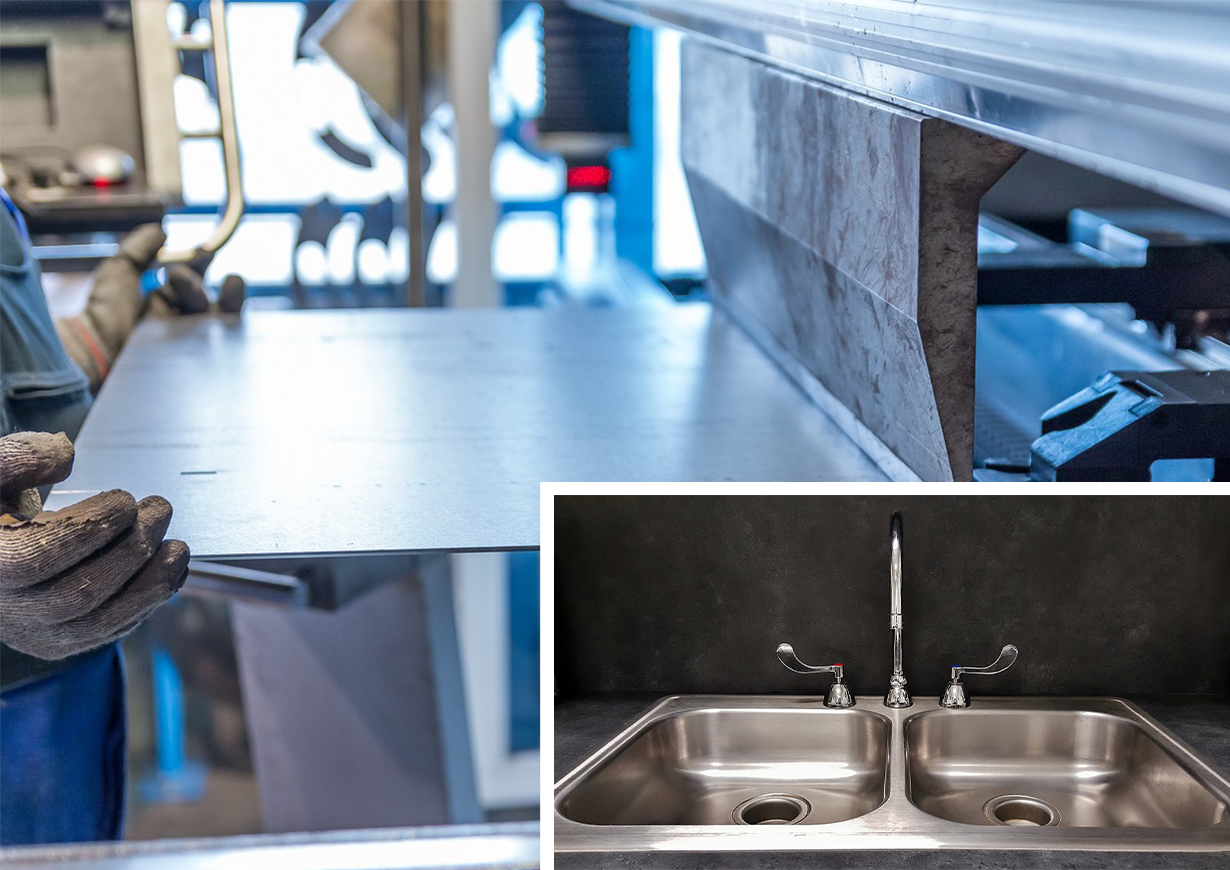Stainless steel is undoubtedly one of the most ubiquitous materials in the modern world. From kitchen appliances to transportation infrastructure, this versatile alloy has revolutionized countless industries. So, how did stainless steel become such an indispensable part of our lives? The story of stainless steel begins in the early 20th century, when metallurgists sought to create a corrosion-resistant material that could withstand the harsh conditions of industrial environments. In 1913, Harry Brearley, a British researcher, made a groundbreaking discovery. By adding chromium to molten iron, he produced a compound that displayed remarkable resistance to rust and other forms of corrosion.
This marked the birth of stainless steel. Initially, stainless steel found limited applications due to the challenges associated with its production. However, as the manufacturing process improved over time, its popularity skyrocketed. During World War I, stainless steel became a vital component in military equipment, thanks to its durability and resistance to heat and chemicals. It was used for firearms, aircraft engines, and even surgical tools, allowing for advancements in medicine and military technology. In the years following the war, stainless steel gained significant traction in the consumer market. Its sleek and polished appearance made it an ideal choice for kitchen utensils, cutlery, and cookware.
The introduction of stainless steel appliances in the 1950s further solidified its place in households across the globe. As stainless steel continued to grow in popularity, researchers and engineers focused on enhancing its properties. The introduction of different alloys and modifications allowed for the creation of specialized variations tailored to specific industries. For example, the addition of nickel resulted in austenitic stainless steel, which exhibited exceptional strength and resistance to extreme temperatures. In the 1970s, the development of duplex stainless steel brought forth a new era with improved strength and corrosion resistance. This alloy combined the best characteristics of ferritic and austenitic stainless steels, making it ideal for applications in harsh environments such as offshore oil rigs and chemical processing plants. Furthermore, advancements in manufacturing techniques, such as cold rolling and annealing, have made it possible to create stainless steel sheets and coils of various thicknesses and precise dimensions.
This flexibility has led to stainless steel being used in a wide range of industries, including architecture, automotive, and medical. In recent years, sustainability and the environmental impact of materials have become increasingly important factors. Stainless steel has proven to be a highly sustainable material due to its durability, recyclability, and resistance to corrosion. It is estimated that nearly 90% of stainless steel produced today is recycled, making it an eco-friendly choice for a variety of applications. Looking ahead, the future of stainless steel appears bright. As technology advances, new possibilities for its application are continuously explored. From innovative building designs to advancements in renewable energy infrastructure, stainless steel is expected to play an integral role in shaping our sustainable and resilient future. From its humble beginnings in the early 20th century to the present day, stainless steel continues to defy limitations and push boundaries, making it a truly remarkable and enduring innovation.

